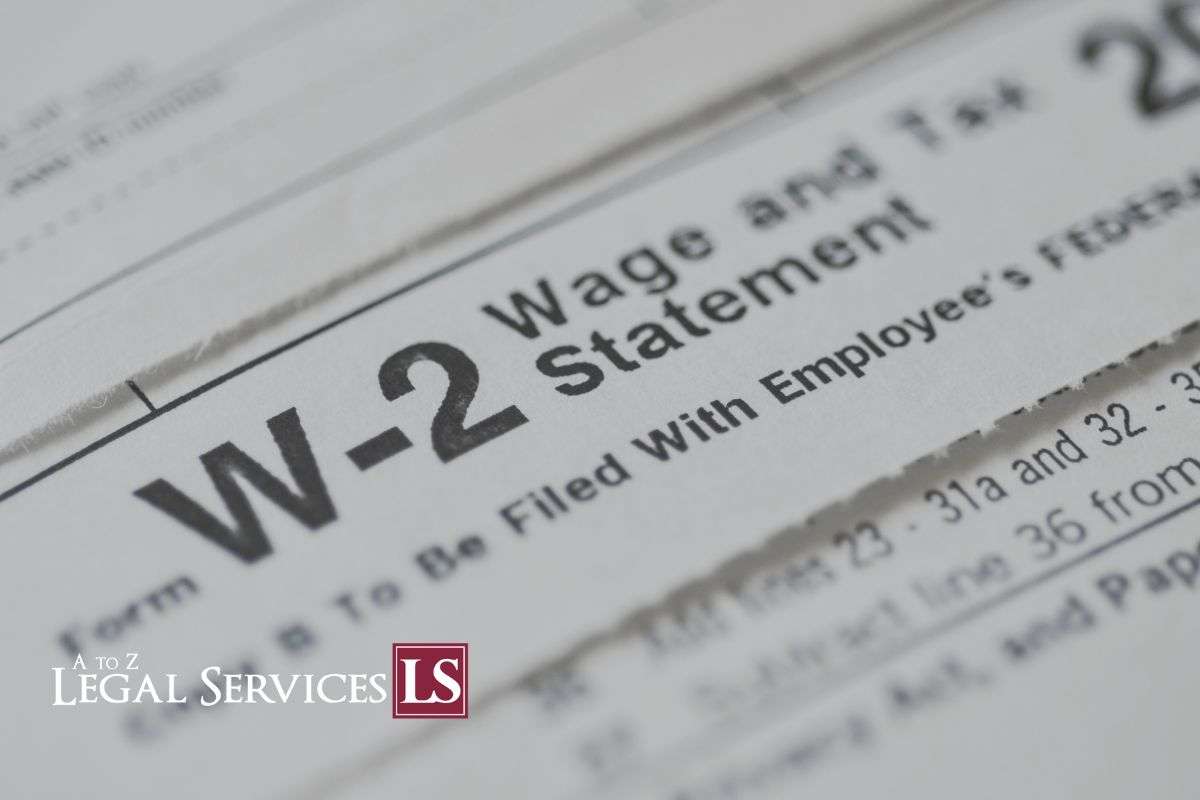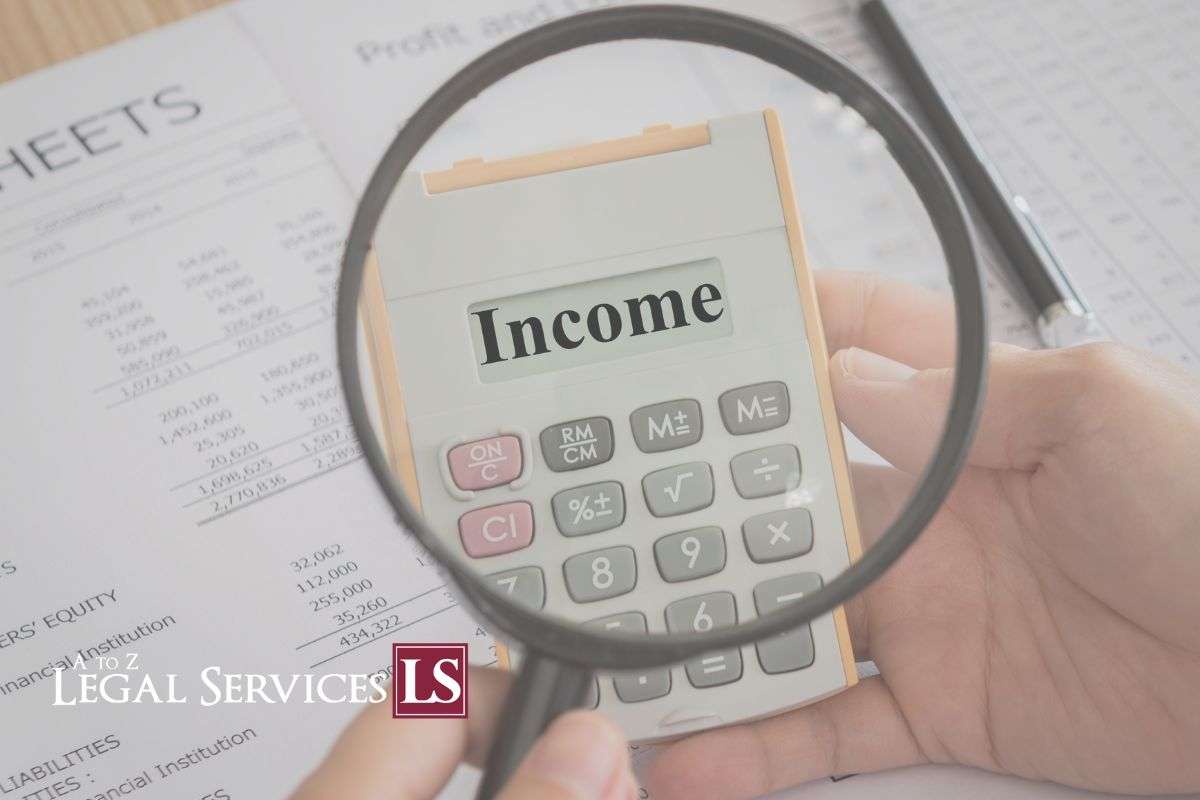
Although most of us are familiar with the federal income tax, many people are unaware that states also charge taxes on personal income. Like the Feds, states use income taxes to generate revenue for various public services and programs. However, state income taxes can vary significantly in terms of rates and structure.
In this blog post, we’ll take a closer look at this topic- what they are and the different types that exist. We hope you find this information helpful!
What are State Income Taxes
State income taxes are a tax imposed by the state on the income of individuals and businesses within its borders. Specifically, there are two main types such as: direct and indirect. In detail, direct taxes are imposed on the income of individuals. In contrast, indirect taxes are imposed on the income of businesses.
Therefore, progressive taxes are levied at a higher rate for higher-income taxpayers. In distinction, flat taxes are charged at a single rate for all taxpayers. Notably, state income taxes are typically imposed at a lower rate than federal income taxes.
Facts:
In essence, state income taxes vary significantly from one state to another since some states do not have an income tax. In contrast, others have both individual and corporate income tax.
However, the rates also vary widely, with some states having low rates and others having much higher rates. In general, state income taxes are a primary source of revenue for governments. They can also be a significant burden for taxpayers, mainly if the rates are high.
Therefore, income taxes are a necessary part of our society. Without a doubt, they help fund essential government services and programs. However, there is no one-size-fits-all answer regarding how much you should pay in income taxes. Your tax situation may differ from someone else’s, depending on your income, family size, and the deductions and credits you qualify for.
The process of doing State Income Taxes
When it comes to doing your state income taxes, there is a specific process you need to follow. Here is a quick rundown of what you need to do:
- Gather your paperwork. You will need to have all of your tax forms, W-2s, 1099s, and any other relevant documents ready to go.
- Determine your filing status. This will determine the forms that you need to use.
- Complete the appropriate forms. This includes filling out your name, address, Social Security number, and other pertinent information.
- Submit your return. You can do this electronically or by mail.
- Wait for your refund (if applicable). Once your return has been processed, you will receive either a refund or a bill depending on your tax situation.
Professional Services

If you need help with adequately completing state income taxes, feel free to seek professional legal assistance from a tax professional. At A to Z Legal Services, we can guide you through the process and ensure you take advantage of all the tax breaks available.
We have years of experience providing tax services, so you don’t need to worry about anything. Contact us today!
